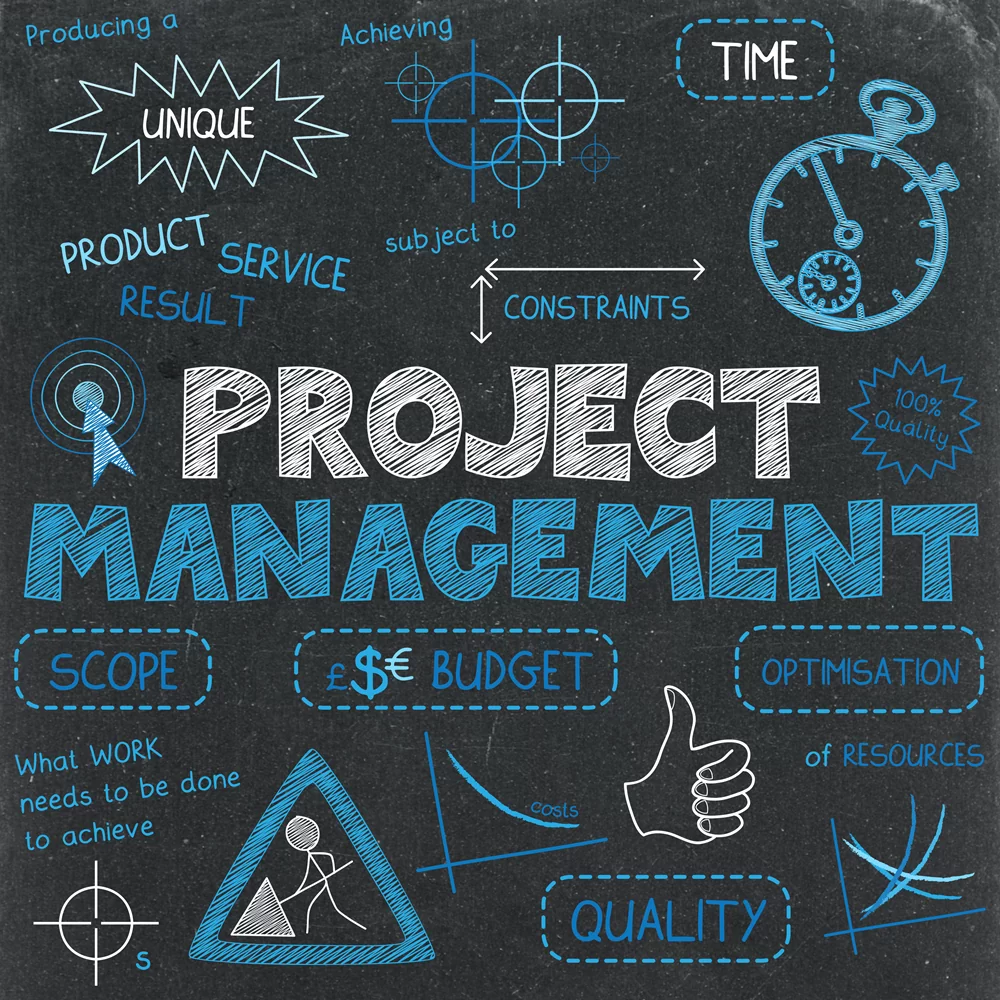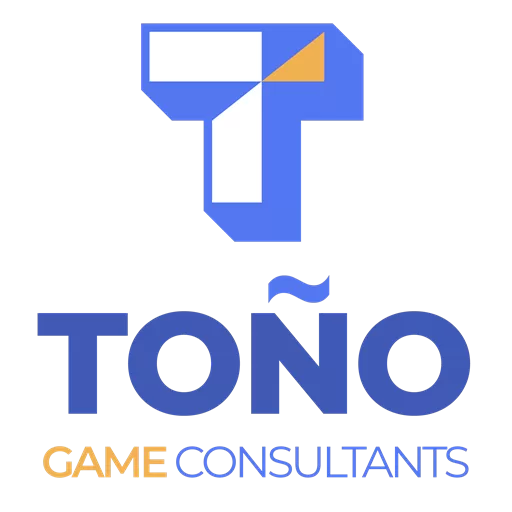You and your team have been working late nights, pushing through endless weeks of crunch. The game is finally ready. You’ve poured your heart into every line of code, every asset, every level.
And then, release day comes, and players don’t connect. Reviews say “unpolished”, “frustrating”, or worst of all, “forgettable.”
It’s a gut punch that no amount of effort can fix after the fact.
This story happens far too often in game development. But here’s the truth: it’s not just about the game design, and it’s not just about the project plan. It’s about how the two work together.
Where Game Design Meets Project Management
Every game begins with an idea. Game design provides the destination, what makes the game fun or engaging, the mechanics that matter, the experience you want players to have.
Project management, on the other hand, provides the map, the path that gets you there. It accounts for the scope, resources, and time you need, while leaving room for the twists and turns that always come with development.
Without a destination, the map leads nowhere. Without a map, the destination stays a dream.
Prototyping, Playtesting, and Scope
Game designers live in the world of prototyping, playtesting, and feedback loops. These tools aren’t just for creativity, they’re also critical project management techniques.
-
Prototyping helps you implement ideas quickly, so you can see early whether they work or should be discarded.
-
Playtestingreveals whether players actually understand and engage with what you’ve built, do they react as intended, and is it compelling enough to keep them playing?
-
Feedback loops help you decide where to double down and where to pivot.
Together, they do more than shape the fun, they shape the scope of the entire project. By understanding what’s essential early on, project managers can build realistic schedules and resource plans instead of chasing every idea.
For indie developers, this also connects back to the idea of starting small without killing your big idea.
What Happens Without Project Management
Too many studios skip or undervalue project management. The result? Familiar headaches:
-
Crunch becomes the norm, not the exception.
-
Deadlines slip again and again.
-
False promises are made to players (“launching this fall”) only to be delayed.
-
Day-one patches balloon into massive downloads, frustrating even loyal fans.
These problems don’t just hurt morale, they hurt your reputation with players, publishers, and partners.
If you’re still asking yourself whether you need a project manager, the answer is likely yes.
A Framework for Success
Think of it this way:
-
Game Design = Destination (what makes it fun)
-
Project Management = Map (how to get there)
-
Development = Journey (the twists and turns along the way)
When design and project management blend, you get a project that’s both inspired and achievable. You build the right features, in the right order, with the right amount of effort.
This balance is also tied to the triple constraint, scope, time, and cost. Mastering these doesn’t just keep a project on track, it ensures the creative spark survives all the way to launch.
Why You Need a Guide
Whether you’re a solo indie developer or managing a 100-person team, blending game design with project management isn’t optional, it’s the foundation of success.
As a consultant, I’ve seen how the right project management approach can turn chaos into clarity, prevent wasted effort, and most importantly, give your game the best chance to connect with players.
If your project feels stuck, over-scoped, or constantly “one more patch away,” now is the time to put a better map in place.
👉 Learn more about how I help studios succeed
FAQ: Game Project Management
How does project management help game developers?
It ensures that your creative vision is backed by a plan that accounts for time, resources, and scope. It keeps projects realistic while still leaving space for innovation.
Can project management really prevent crunch?
Crunch is often a symptom of poor planning. While project management can’t eliminate every risk, it helps you identify problems early and adjust before crunch becomes the only option.
Isn’t game design enough?
Great design is essential, but without project management, even the best ideas struggle to reach players. The two disciplines amplify each other.
Do small indie teams really need project management?
Absolutely. In fact, indies benefit the most from even lightweight project management, since they can’t afford wasted effort. Tools like story mapping and engine proof can save months of work and help validate early choices.


